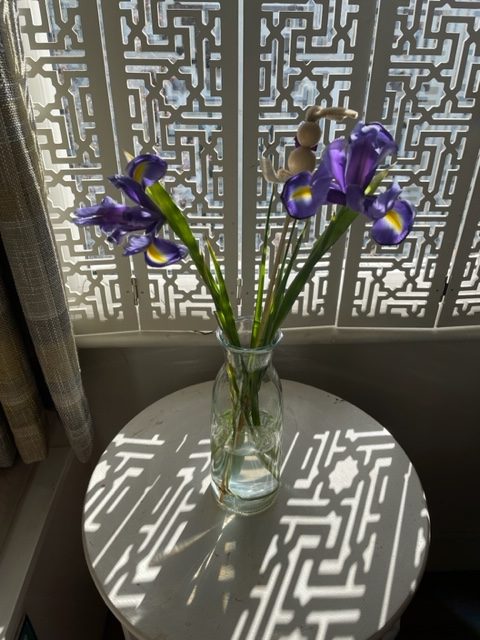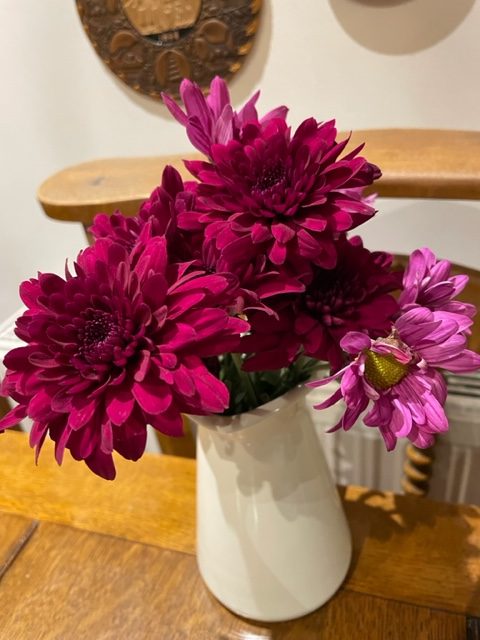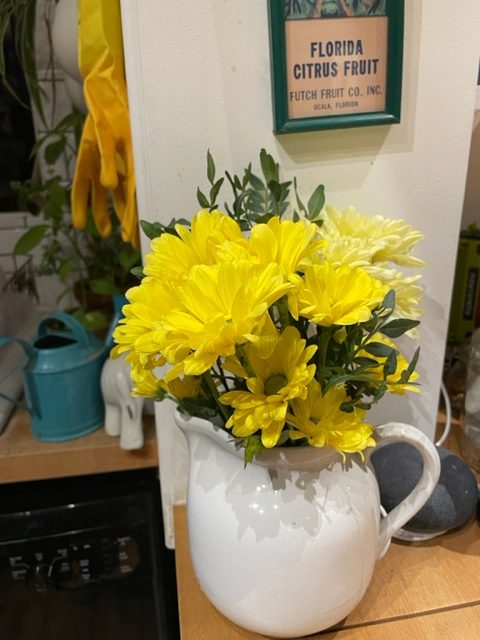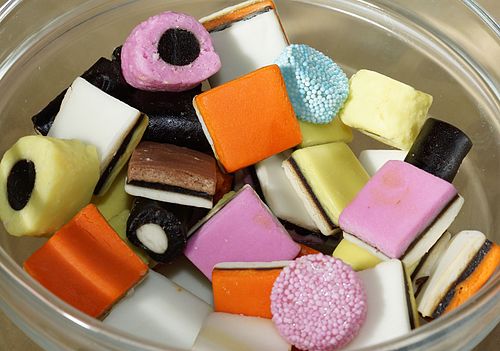Flowers speak, so long as they aren’t jammed into multicoloured bouquets

Floriography is the language of flowers and there is something about multicoloured bouquets that screams to me liquorice allsorts.
The confectionery, made of liquorice, sugar, coconut, aniseed jelly, fruit flavourings and gelatine, comes in lots of different colours. For those that like them, liquorice allsorts are delicious. But no one could call them elegant. Or expressive of anything but that bracing sentiment – cheap and cheerful. Like the Dolly mixture – multi-coloured jellies of various shapes and flavours – liquorice allsorts are loud, shouty really. They blare a single message – indulgence.
Multi-coloured bouquets are like that too. They are inchoate, unable to say what a bunch of red roses or chrysanthemums might. Red bouquets symbolise love. But not all yellow bouquets mean the same thing. Yellow chrysanthemums are about happiness and celebration but yellow carnations are about disdain. Blue irises are symbols of faith and hope.


Jessica Roux, whose book An Illustrated Guide to the Victorian Language of Flowers was published a few years ago, says floriography bloomed in the Victorian era as a secret tongue. Unable to say and do what she wanted, when she wanted, the Victorian woman used flowers to communicate instead. Ms Roux says, “The Victorian language of flowers – also called floriography – emerged as a clandestine method of communication at a time when etiquette discouraged open and flagrant displays of emotion”.
She told the BBC late last year that young women in high society sent bouquets as tokens of love or warning, wore flowers in their hair or tucked into their gowns as coded messages. Nosegays or a few blooms combined in a small bouquet, spoke of affection, desire or sorrow. To have impact, they would have had to be a single colour, not allsorts.


